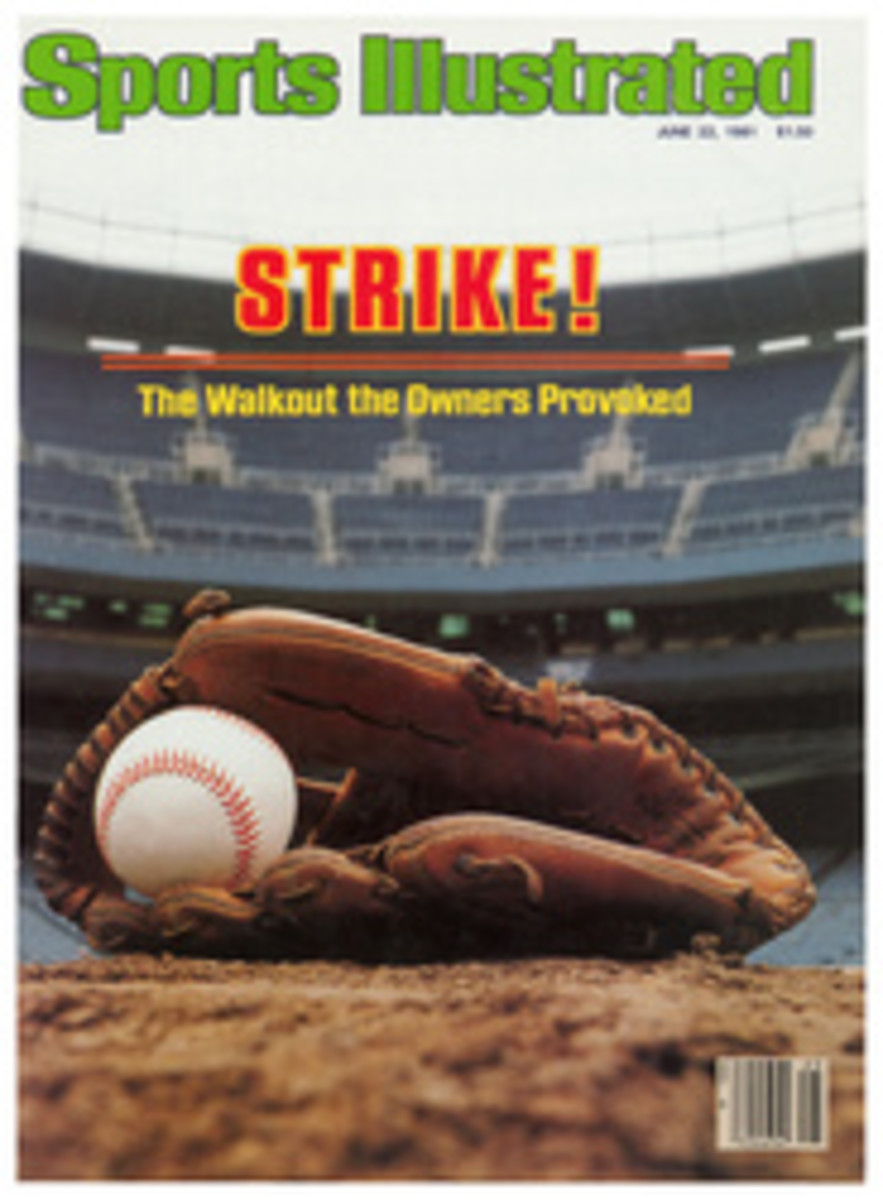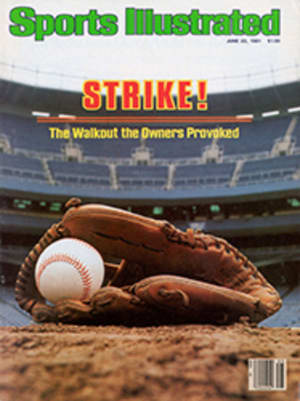
VACANT LOTS WERE NEVER IDLE IN THE SPORTS-FILLED YOUTH OF THE AUTHOR
Although urban in location, vacant lots can be considered chunks of our vanishing wilderness. They're disappearing at an alarming rate, but few people seem to notice and no special-interest group will lobby for their preservation. Such lots have always been the spawning grounds of youthful sport, and a special kind of play is fading with them.
I was fortunate that there was a vacant lot behind my family's house in Denver, and although I participated in a number of organized sports and leagues during my youth, none could match the joy generated by the games played on that lot. And no experience did more to shape my attitude toward sports.
There were other parks and recreation areas available to my friends and me, but the lot gave us a sense of ownership. With the zeal of homesteaders, we put almost as much energy into groundkeeping as playing the game. This was particularly true at the beginning of summer when the lot was retrieved from a winter of neglect and a spring of sporadic use, during which sunflowers and weeds tried to establish a claim to the field. Within a few weeks we usually had the infield in good shape, though the raking, weed pulling and clod busting never continued very long before we succumbed to the temptation of a pickup game.
We also made a few attempts at clearing the outfield, but the weeds never relinquished their dominance. They were especially thick in right, where even the hardest hit grounder rapidly came to a stop. This peculiarity created unique playing conditions and provided players who lacked traditional baseball skills with an opportunity to contribute. The ability to find the ball became as important as fielding it, and anyone able to bound through knee-high vegetation was as valuable as the slickest glove man.
Over the years, we made several attempts at capital improvements to our field. One summer we tried to mold a pitching mound with dirt scooped from foul territory, but we could never pack it down well enough. Even a rickety backstop proved to be beyond the skills of schoolboy craftsmen, as did our most ambitious project, a dugout. It took endless hours of digging and wound up only two feet deep before we abandoned our shovels in favor of erecting its walls with a collection of two-by-fours and plywood scraps. When it was finished, we stored our odds and ends inside—until it collapsed in the first summer storm.
Our disappointment was short-lived, however, because these projects were always incidental to our games, which dominated our days from early morning until we could no longer see the ball. Many neighborhood kids played on the lot, but the most ardent participants were two boys named Bruce and Brice who lived up the block, my brother, John, and I. The venues of our games changed with the sport—driveways for basketball, front lawns for football, basements for Ping-Pong—but never were we more at home than on the vacant lot.
Adults didn't grouse about our tearing up the grass, or making too much noise, or blocking traffic. We had a sense of place. And unlike the play in youth leagues, activities on the lot seemed pristine. We were children playing children's games, not kids competing as mini-adults. Rules were often modified to suit the number of players or other special circumstances, and the judgments of the participants were generally respected. We had our share of arguments and fights, but we had to resolve most of our disagreements amicably if we expected to continue playing.
And our aim was to continue playing. Although the competition was fiery, the joy of winning or unhappiness upon losing, was only a momentary feeling—an exclamation point at the end of a sentence. No one remembered or cared who won for very long because the next game was starting. There wasn't time to pout or boast. The games simply blended together into a long, joyous summer.
Inevitably, housing started to pare away at our lot. We began breaking windows with baseballs, and in a desperate attempt to prolong the field's usefulness, we switched to softball. Soon, however, we were shelling the houses with those, too. We tried Wiffle ball for a while, but it just wasn't the same. Then one spring the lot disappeared altogether, sprouting houses quicker than it once did milkweed and sunflowers.
Maybe its presumptuous to think that the sandlot tradition will perish as these urban grounds are devoured by developers. I like to think that youngsters have remarkable ingenuity in devising games to fit whatever playing space is available. But I can't help but feel that something precious is disappearing. This impression intensifies as I look out my window at California's San Fernando Valley, where I now live. Amid the apartment buildings and condominiums on my block sits a small chunk of land, one of the few barren spots that hasn't yet surrendered to Los Angeles' ravenous appetite for housing. But it won't be long now. The surveyors are pounding in their stakes, and the bulldozers have begun chewing up the ground. And not once in the three months I have lived here have I seen a group of kids playing on that lot.
The developer thinks of the area as 47 one-and two-bedroom condominiums (some with dens); the pet owners in the neighborhood think of it as a vast litter box; and the construction workers, now reshaping the land, think of it as a job. I think of it as the pleasures of youth, meant to endure for other generations but destined to be razed.
ILLUSTRATION
ROBERT NEUBECKER

